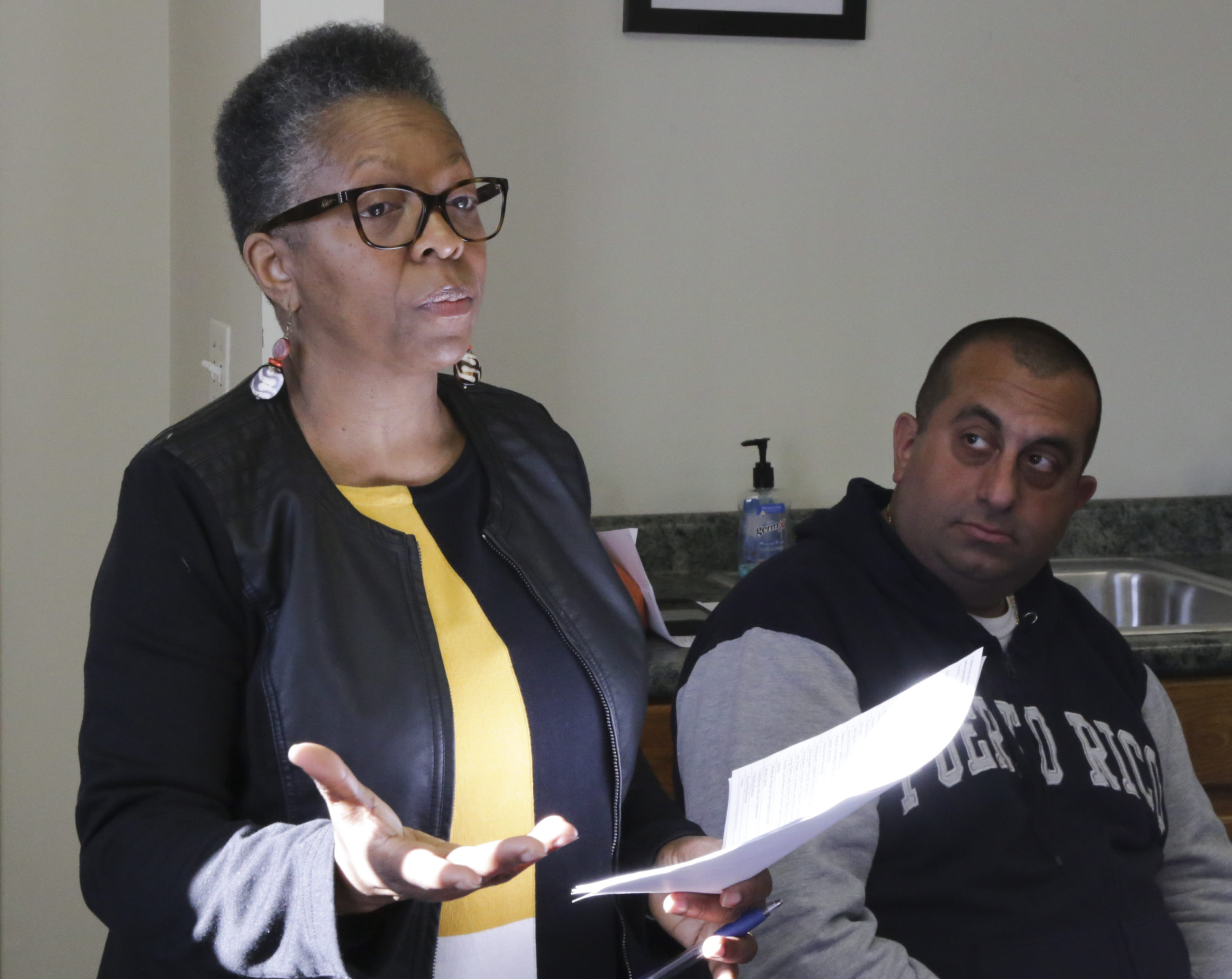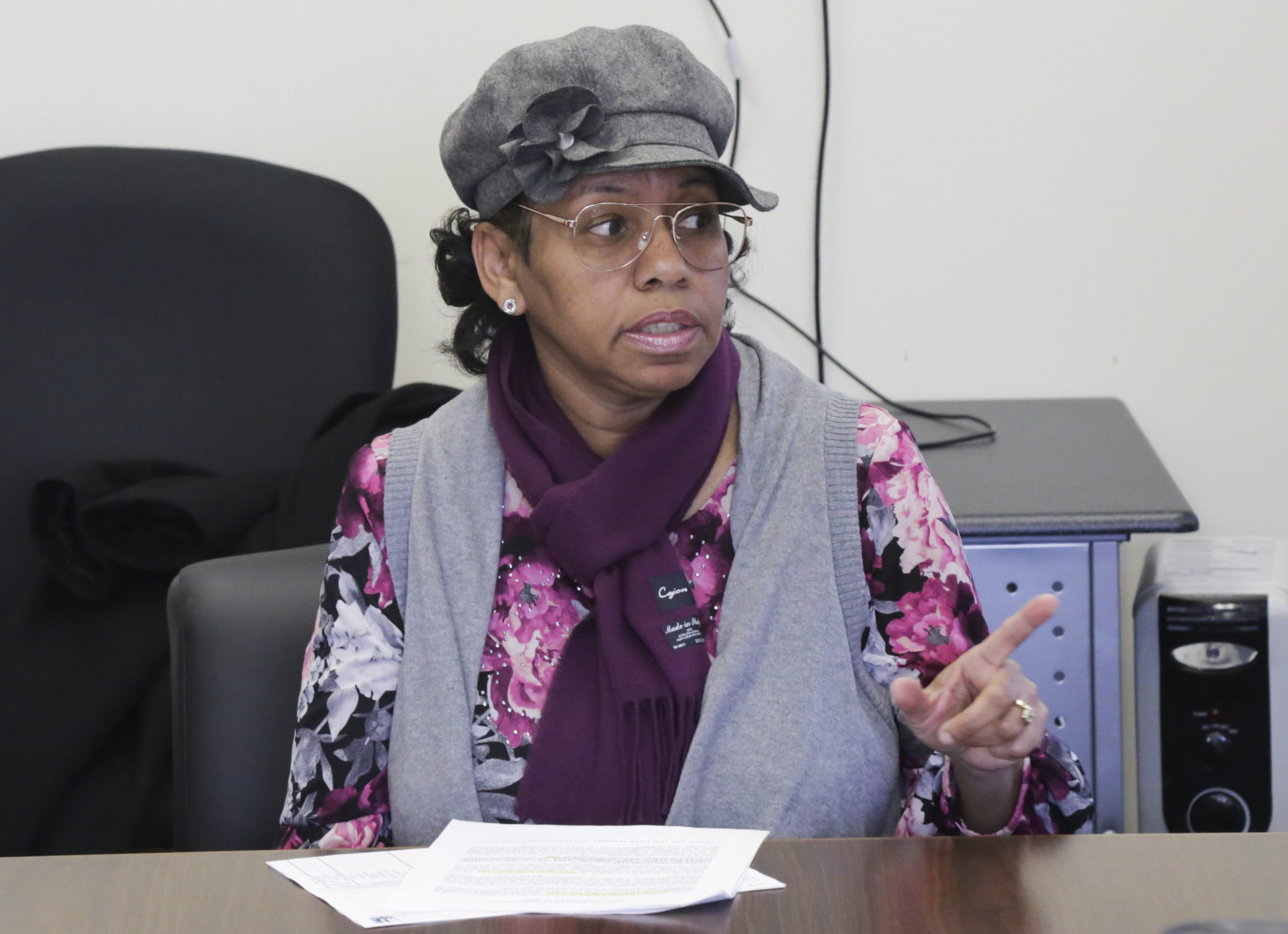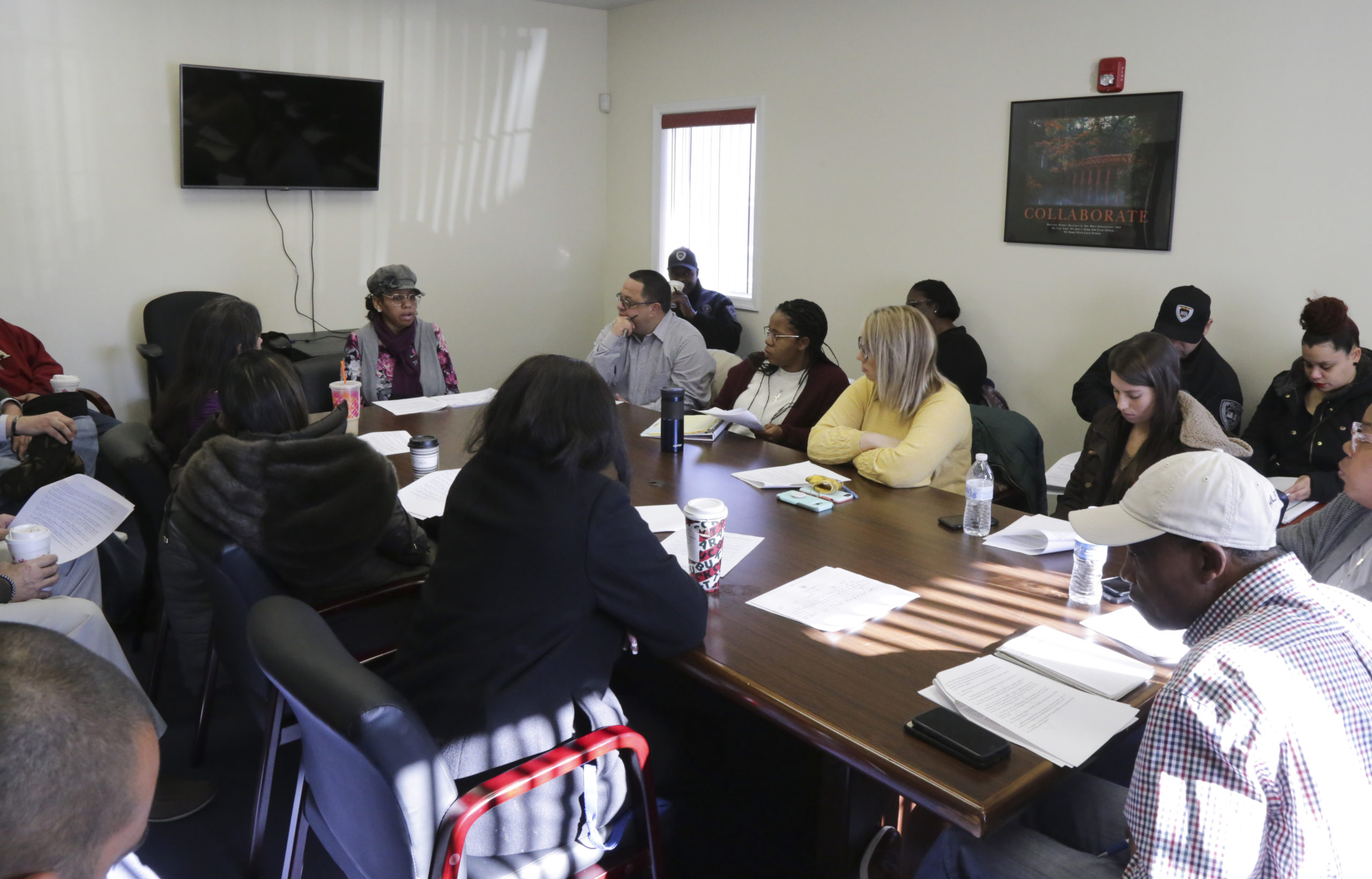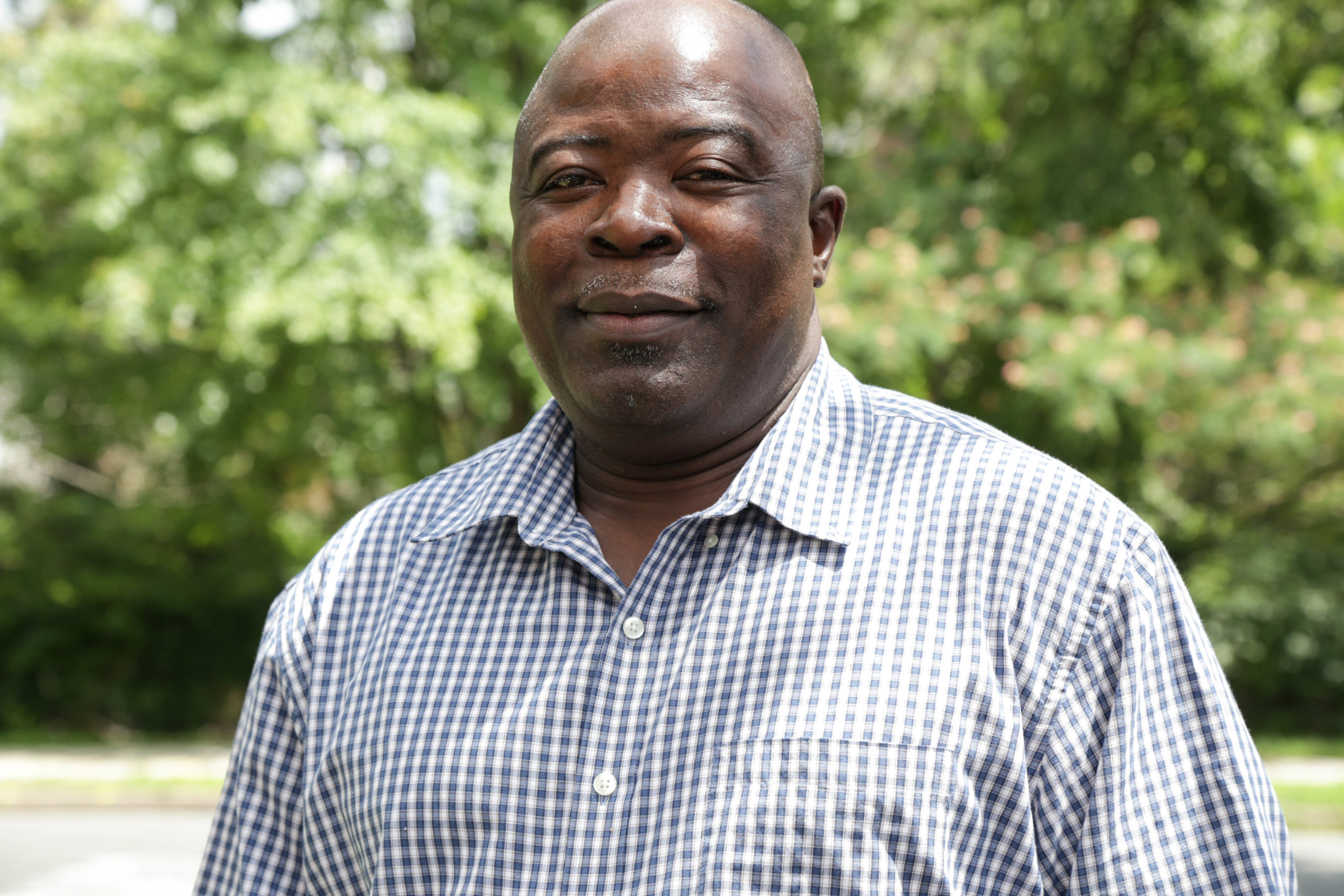Catholic Charities and others gear up for annual homelessness count
Next week, advocates for New Jersey’s homeless population – including a team from Catholic Charities, Diocese of Trenton – will hit the streets to count a demographic whose whereabouts can seem as hard to pin down as the Loch Ness Monster’s.
The federal government requires people living in shelters or on the street to be counted annually over a single 24-hour period known as the Point-in-Time Count. The count – set for Jan. 29 this year – is a critical, life-saving initiative, because the more people advocates can find, the more people they can help. Social services also rely on accurate counts for funding and outreach efforts until the following year’s count.
 A tough task
A tough task
But it’s a tough task. People who are homeless can be hard to track down, because they have no fixed address. And many struggle with mental illness, addiction, criminal troubles, the stigma of being homeless, and other things that might keep them from cooperating.
Social workers and other advocates working to end homelessness recently met in Trenton to plot Point- in-Time strategies and hear safety advice. Vernett Sherrill, of Trenton’s Division of Community Relations & Social Services, and Janet Kleckley-Porter (pictured, left), social case work supervisor at the CEAS Center, led the training.
(CEAS stands for Coordinated Entry Assessment System. It’s the hub for homelessness prevention in Trenton, where advocates from many different advocacy groups partner to move people out of homelessness and address their other needs.)
Point-in-Time Count training
Some of their tips seemed common-sense: Wear a badge so the public knows who you are; use the buddy system and don’t approach large groups or abandoned buildings to ensure your safety; dress warmly in case of cold weather; wear comfortable shoes to cover more ground; don’t wear jewelry to reduce the risk of robbery; move away from anyone who reacts to census queries with foul language; and watch out for rodents, used needles, and other hazardous things.
Other guidance seemed more surprising: Don’t wear tight or revealing clothing, heels, or pungent perfume; don’t give out money, cigarettes, or lighters; avoid hugging, kissing, and close contact; and don’t reveal personal information or your phone number or address.
 And some advice showed just how tricky their mission can be: “Everyone you see on the street may not be homeless,” Sherrill said. “Maybe they are just hanging out.”
And some advice showed just how tricky their mission can be: “Everyone you see on the street may not be homeless,” Sherrill said. “Maybe they are just hanging out.”
Addiction and mental illness are two big reasons people become and remain homeless, and both can make people unpredictable, Sherrill added. “Just be very wise in terms of how you encounter people,” she said.
During the Point-in-Time Count, social workers ask 12 questions, everything from where the respondent spent the night to what caused their homelessness to what their monthly income is to what social services they need or already receive.
Most Point-in-Time teams offer giveaways, such as food or bags packed with personal-hygiene items and winter hats and gloves, as a way to entice participation.
Census count in March
Kleckley-Porter also urged social workers to educate anyone they encounter about the importance of census reporting. The census counts everyone living in the United States, regardless of where they live. Census workers will focus on counting the homeless population during a three-day period from March 30 through April 1.
“Let people know we do have a census coming up the end of March, and that it’s really critical they be part of that count,” she said. “The census only comes once every decade, so if we don’t get those numbers done right, there’s no going back to correct them.”
Homelessness actually fell slightly last year in New Jersey, compared to 2018, according to the 2019 Point-in-Time Count. Then, workers counted 8,864 homeless men, women, and children across New Jersey. That was 4.7 percent (or 439 people) lower than the 2018 count.
Still, the number of chronically homeless people (1,462) rose 8.2 percent from the year before.
What drives homelessness
And experts say New Jersey’s lack of affordable housing, as well as the unrelenting opioid crisis, continue to drive people into homelessness. Other barriers persist too: Wages remain unlivable for the state’s lowest-paid workers, and past financial troubles, such as bad credit or evictions, can keep housing out of reach, said Mosudi Idowu (pictured, right), who manages Catholic Charities, Diocese of Trenton’s Rapid Rehousing program. And rents rise faster than income for the region’s most vulnerable residents, he said.
“The economy is good, but it’s still much too hard for people to get affordable housing,” Idowu said.
 Building and funding more affordable housing is just the start, said Arnold Valentin (pictured, left), service area director of Community Services, the poverty-reduction arm of Catholic Charities.
Building and funding more affordable housing is just the start, said Arnold Valentin (pictured, left), service area director of Community Services, the poverty-reduction arm of Catholic Charities.
“What we need is more prevention dollars,” Valentin said, adding that life-skills and budgeting programs that help people learn how to live independently also are key.
Kleckley-Porter, of the CEAS Center, agreed: “We want to make sure people maintain and sustain their housing. It’s not enough to just house them. We need supports in place to ensure they can keep their housing.”
How you can help
The teams participating in the Point-in-Time Count need items for giveaway bags, including snacks, winter-weather gear like gloves and hats, and personal hygiene items like toothbrushes, toothpaste, combs, and hand sanitizer. To donate, drop off items to Community Services of Mercer, 132 N. Warren St., between the hours of 9 a.m. and 4 p.m.
You can also contact your local lawmakers to demand that they fund more affordable housing, invest in homelessness trust funds, and otherwise support measures that reduce poverty, homelessness, and hunger.
Subscribe for more news
To subscribe to our blog posts and news releases, fill out the fields below.

